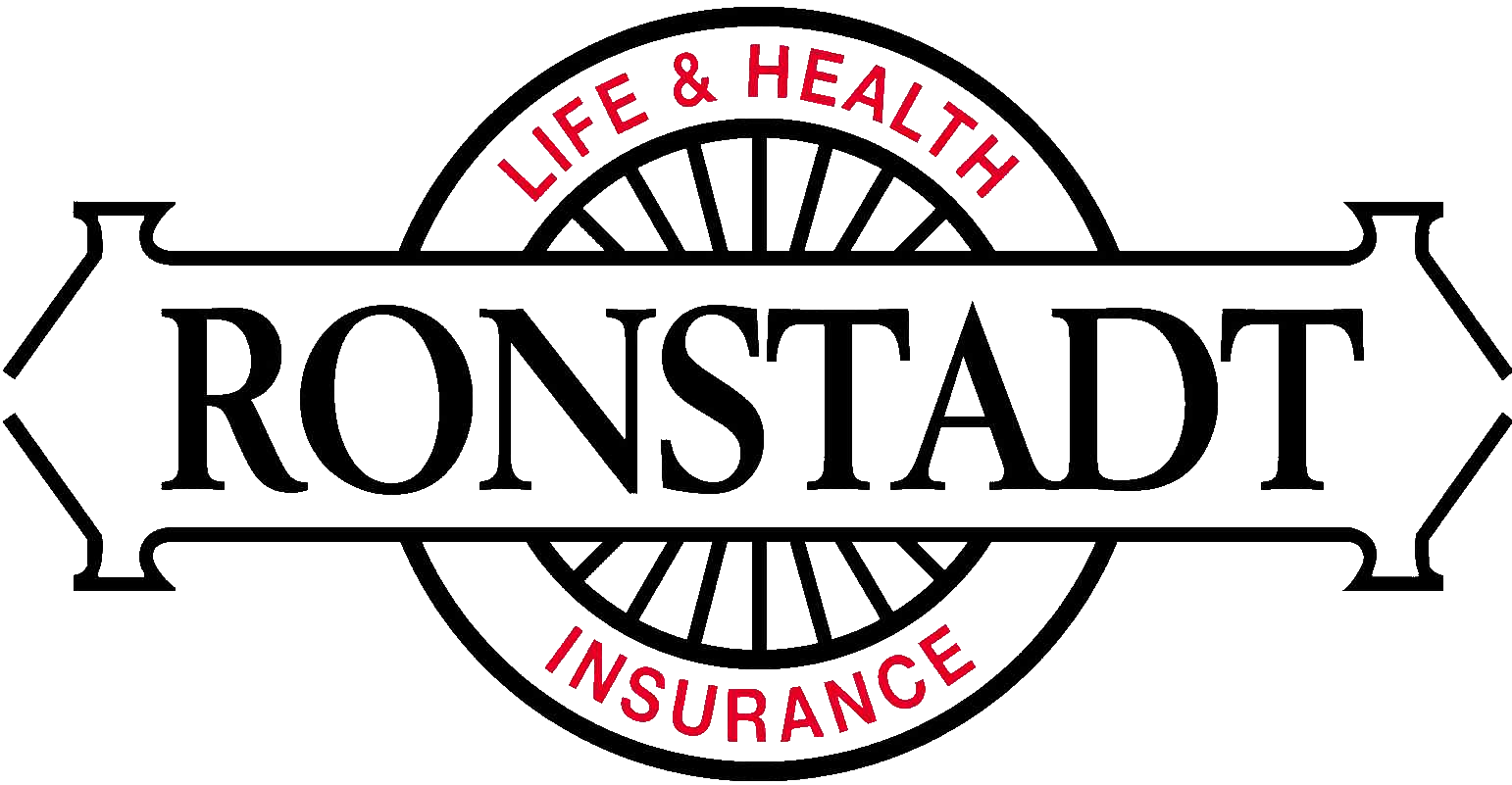May 1, 2012

Your paycheck funds your life — from where you live, to what you drive, to what you eat. But it doesn’t stop there. Your paycheck also makes your dreams and goals possible.
The LIFE Foundation would like to know why you love your paycheck: Is it funding your education (or maybe your kids’)? Did it allow you to buy a house? Or maybe your paycheck underwrites your shoe collection or travel habits? Share your thoughts on why you love your paycheck and add a photo, too. If they choose your entry as the winner, you’ll receive a NEW iPad! (Nice, right?) Click here for the rules.
Then once you’re done, take a moment to better understand how you can protect your most valuable asset—your paycheck—with disability insurance.
CLICK HERE to get a disability insurance quote!
or call us a (520) 721-4848 to discuss how Disability Insurance can protect your paycheck.
May 1, 2012
BlueCrossBlueShield of Arizona has launched GeoBlue, providing health plans and services for employees of U.S. based international businesses. Overseas employees take on critical assignments and represent a significant investment by their organizations. GeoBlue helps those international performers be successful.
GeoBlue adds a level of international coverage and offers certain benefits such as medical evacuation that aren’t necessarily included among the international benefits of domestic insurance plans. Other benefits offered include an extensive network of more than 6,500 vetted, contracted, English-speaking, doctors and 1,100 contracted hospitals in 190 countries. Members have access to concierge-level service and convenient online and mobile self-service tools.
GeoBlue’s self-service tools help members to research providers, access news and information on health, as well as a database to translate medical terms and find country-specific prescription and over-the-counter names/preparations for more than 400 medications.
Plans include the following features for BCBSAZ’s group clients and their employees:
- Processing of covered provider bills and member claims in local currencies.
- Cashless access to inpatient and outpatient care
- Customer experience supported by innovative technology
- An experienced GeoBlue global health coordinator will schedule doctor appointments, and arrange for any necessary follow up treatment
Need a health insurance quote from BCBSAZ?
Click Here! or give us a call at (520) 721-4848.


















